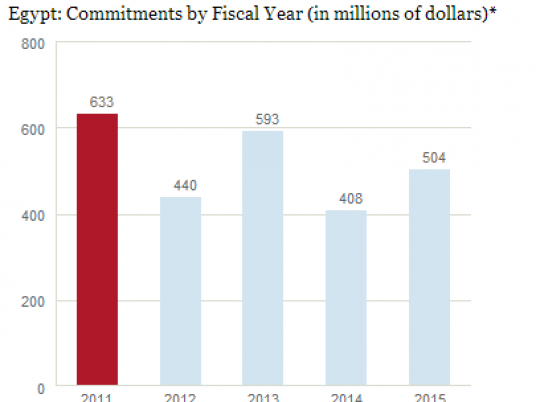
The World Bank plans to gradually increase funding for its projects in Egypt during the next four years, Al-Borsa newspaper quoted Ahmed Kojac, chief economist at the World Bank's office in Cairo as saying on Wednesday.
After the March economic summit, the funding available for Egypt can would increase from US$1 billion a year to nearly $2 billion, he added.
The increase would contribute to funding development and service projects in the areas of housing, energy, sanitation, healthcare, and transportation, Al-Borsa newspaper reported.
Kojac pointed out that the project management department at the World Bank held private consultations with the Egyptian government about funding opportunities and providing technical support to projects that would be launched during the Sharm al-Sheikh conference so as to start working on the projects during the current year.
The current portfolio of the World Bank Group in Egypt includes 26 projects for a total of $5.4 billion in 2015, including 17 IBRD lending operations ($5.27 billion) and nine major Trust Funds ($139.6 million).
The World Bank finances projects in Egypt in key sectors like energy, transport, water and sanitation, agriculture and irrigation as well as health and education.
Between 2011 and 2014, International Finance Corporation (IFC) committed a total of almost $1.1 billion in 20 projects, focusing on supporting companies with the ability to create jobs, boosting access to finance for small and medium enterprises, and showing Egypt's long-term potential to investors. IFC has also worked on promoting regulatory reforms designed to increase economic growth; and boosting the skills of young job seekers.
In 2013, Multilateral Investment Guarantee Agency (MIGA) issued a guarantee for US$150 million, reinsuring the United States Overseas Private Investment Corporation’s coverage to Apache Corporation for the exploration, development and production of crude oil and natural gas helping to keep up the supply of energy with the growing domestic demand.




